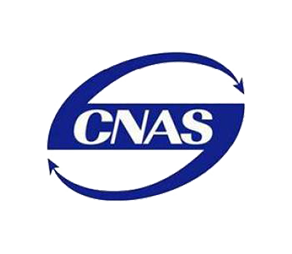1. Production principle of 3D printing filaments
3D printing filaments mainly refer to thermoplastic plastic filaments, which are usually made of different types of plastic materials (such as PLA, ABS, PETG, TPU, etc.), and the common production process is extrusion molding. The specific steps are as follows:
Raw material selection: Commonly used materials include PLA, ABS, PETG, nylon, TPU, etc. These materials are usually in the form of granules or powders and need to be dried and cleaned to remove moisture and impurities to avoid affecting the quality of the final product.
Heating and extrusion: The processed raw materials are fed into the screw extruder and heated to a molten state. After the material is heated at high temperature in the extruder, it is extruded through a die to form a uniform filament (usually 1.75mm or 2.85mm in diameter).
Cooling and stretching: The filaments are cooled and solidified in the cooling system. During the cooling process, the cooling rate needs to be precisely controlled to ensure the uniformity and stability of the filaments. Typically, cooling is done by air cooling or cooling rollers.
Cutting and winding: The cooled and solidified filaments are cut into standard lengths and then wound into 1 kg or 5 kg rolls as the final 3D printing filaments.
2. PE pipe production principle
PE pipes are usually produced using a hot extrusion molding process. The pipe material is generally a thermoplastic such as polyethylene (PE), and its production steps are relatively complex. The specific steps are as follows:
Raw material selection: PE pipes are usually produced using PE granules as raw materials. PE materials have different grades, and the specific selection depends on the purpose and performance requirements of the pipe. The raw materials also need to be dried and cleaned to remove moisture and impurities.
Heating and extrusion: After the PE granules are heated and melted, they are pushed into the mold through a high-pressure extruder to extrude the initial form of the pipe. In this process, the temperature and pressure must be stable to ensure that the outer diameter, inner diameter and wall thickness of the pipe meet the standards.
Molding and cooling: After the pipe is extruded, it is quickly cooled through a cooling water tank. The purpose of cooling is to allow the molten PE material to gradually solidify and ensure that the pipe size is stable.
Cutting and segmentation: After cooling and shaping, the pipe is cut according to demand and segmented according to customer requirements. For large-diameter pipes, further cooling and curing are usually required to ensure that they will not deform during transportation.
Post-processing and inspection: After the pipe is produced, annealing, stretching or other post-processing processes may be required to ensure the strength and pressure resistance of the pipe. At the same time, the pipe also needs to undergo strict quality inspection to ensure compliance with standards.
3. Similarities between 3D printing filaments production and PE pipe production
Extrusion molding: The core production process of both is extrusion molding. In both processes, the raw materials are heated to a molten state and extruded through a mold. This process is the key to ensuring the consistency of product shape and size.
Raw material processing: Whether it is 3D printing filaments or PE pipes, the raw materials need to be dried and cleaned before production to remove moisture and impurities to prevent affecting the quality of the final product.
Cooling process: The cooling process after molding is very important for both to ensure the stability of the material and the dimensional accuracy of the product. Improper control of the cooling process may cause the material to be unstable or defective.
4. The difference between 3D printing filaments production and PE pipe production
Product form and use
3D printing filaments: mainly used in filaments for 3D printers, with relatively precise diameter requirements (such as 1.75mm or 2.85mm), and high requirements for surface smoothness and uniformity.
PE pipes: Pipes are hollow, long strip products, mainly used to transport fluids or gases. It has higher requirements for strength, pressure resistance, corrosion resistance and other properties.
Production accuracy requirements
3D printing filaments: During the production process, the diameter uniformity and surface smoothness of the filaments are mainly accurately controlled. Any uneven or rough areas will affect the quality of 3D printing.
PE pipes: During production, it is necessary to ensure the accuracy of the outer diameter and inner diameter, especially for large diameter pipes, and it is also necessary to control the uniformity of the wall thickness of the pipe to ensure the strength and pressure resistance of the pipe.
Cooling method
3D printing filaments: Cooling is usually completed by air cooling or cooling rollers, and the cooling speed is faster.
PE pipe: Due to the large volume of the pipe, the cooling process usually uses a cooling water tank, and the cooling time and control method are more stringent.
Post-processing
3D printing filaments: Post-processing mainly includes cutting, winding, packaging, etc. to ensure the stability of filaments storage and transportation.
PE pipe: Post-processing such as annealing, calibration, and stretching is required to ensure the mechanical properties and durability of the pipe.
Although 3D printing filaments and PE pipe production have something in common in the basic extrusion process, due to the different forms, uses, and performance requirements of the two, the details and technical requirements in the production process are also different. 3D printing filaments pay more attention to the diameter consistency and surface smoothness of the filaments, while PE pipe production pays more attention to the strength, pressure resistance and dimensional accuracy of the product.
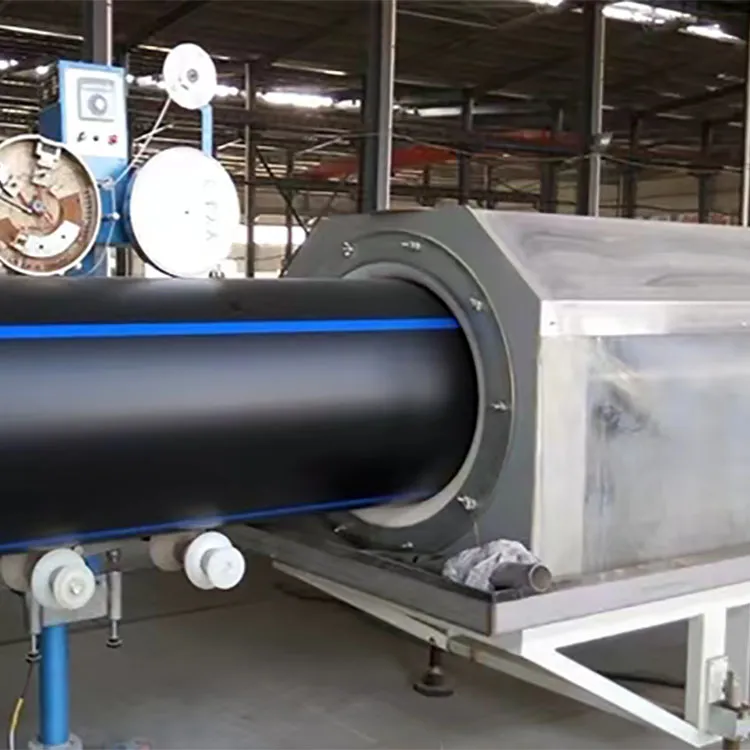
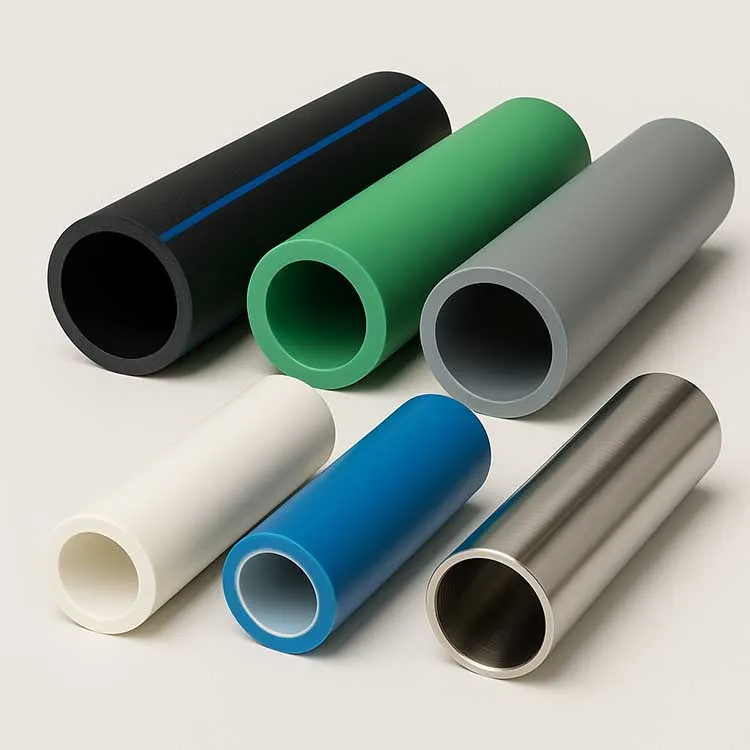
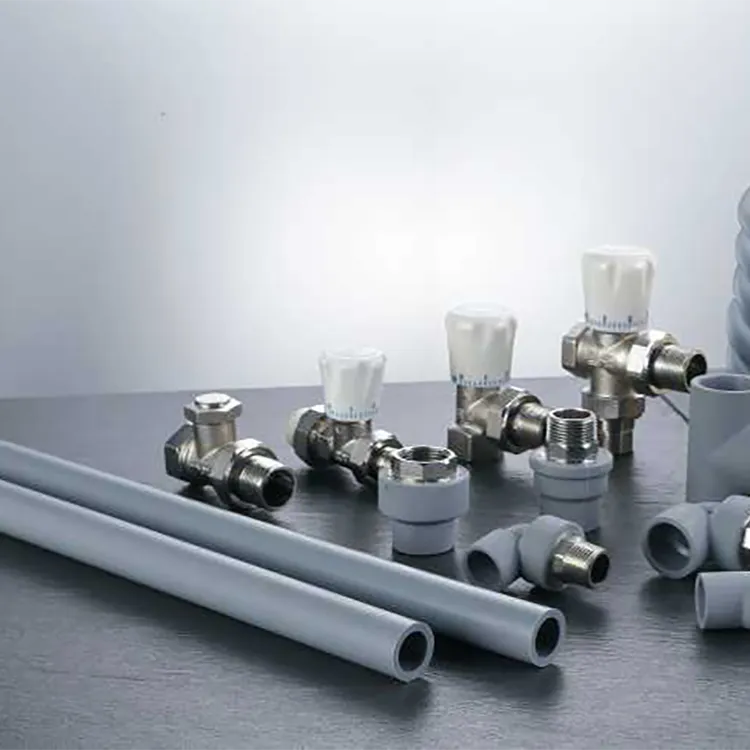
981.webp)
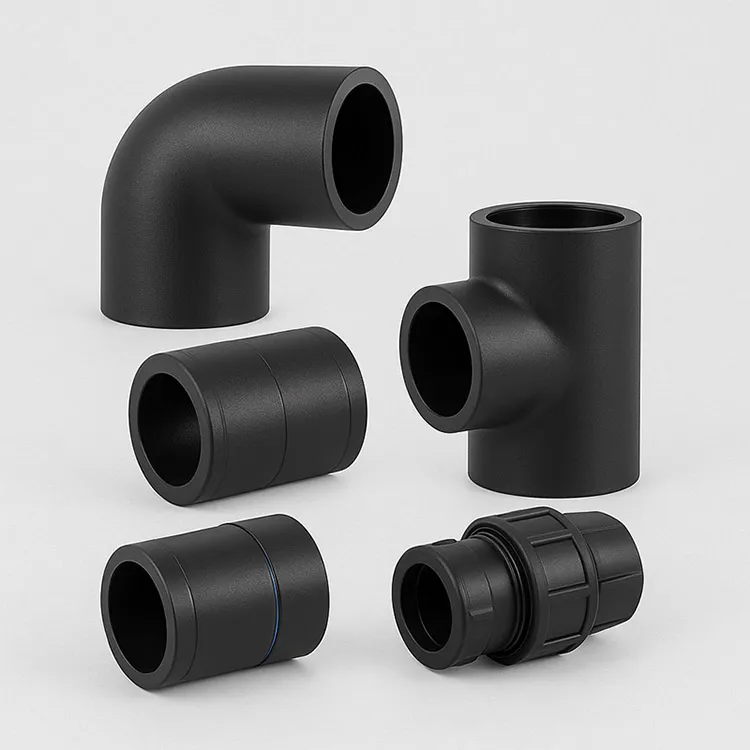
 (1)379.webp)
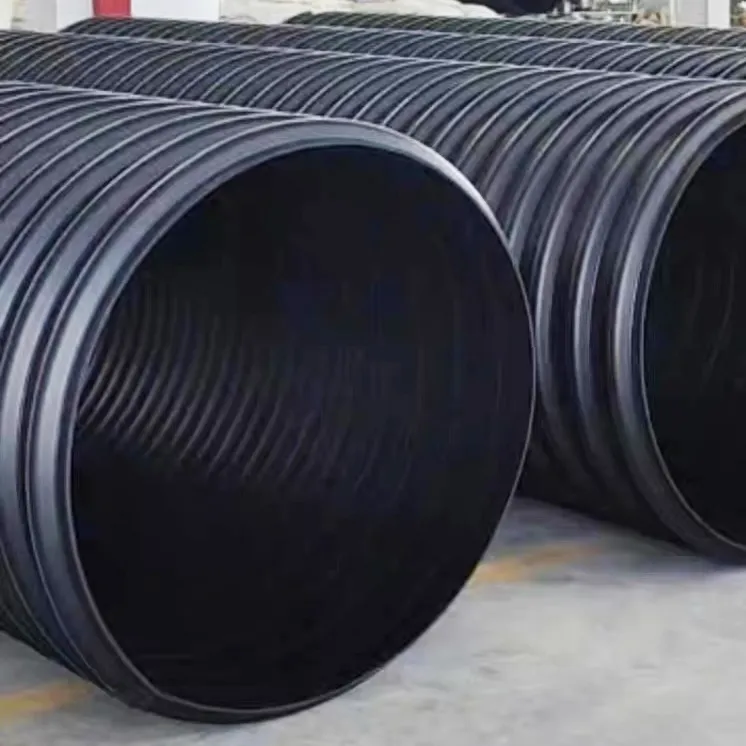
294.webp)
476.webp)
420.webp)
146.webp)
460.webp)
287.webp)
274.webp)
688.webp)

